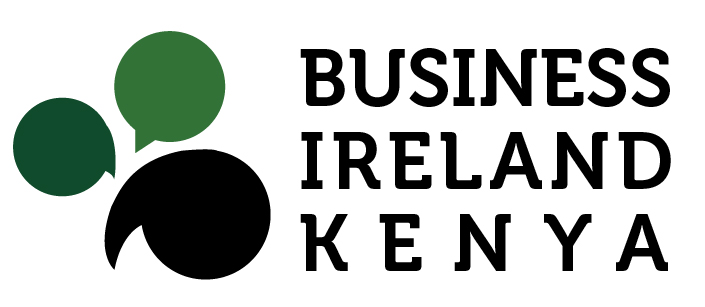Healthcare
Kenya has set the stage for major improvements in its health care sector with the aim of achieving the Governments ‘s Big Four Agenda; Universal Health Care (UHC) by the year 2022. Healthcare in Kenya is provided through a network of over 4700 health facilities.
The public sector is dominating Kenya’s healthcare sector, but the quality is still varying across the country Nairobi and the central province is best served, while the North-Eastern Province is the most underdeveloped.
The significance of the public sector reflects the fact that a large part of the population cannot afford private care Kenya’s health policy is based on goals outlined in the UHC agenda. According to country data, per capita expenditure has increased by around 35%.
The private sector is in more demand than the public sector due to:
- Concentration of private hospitals and medical services in urban areas
- Uneven distribution of healthcare infrastructure
- Low health insurance penetration (4%)
- Low quality public sector health services
Kenya’s health sector is expected to grow at a faster rate than the overall economy. This sector is valued at USD 2.2 billion and contributes 2% to the country’s GDP. This is due to:
- Population is growing at a rate of around 2.7% annually
- Life expectancy has increased 6% in the last 10 years
- The country’s GDP has grown economically at a rate of 6% from 2015
- There are growing trends in non-communicable and communicable diseases
- There is more urbanisation as well as awareness of preventative health care
Opportunities
- Health equipment investments
- Health products investments
- Health Technology in ICT solutions
- Health sector financing
- Life science and pharmaceutical companies
- Health analytics
https://www.allianceexperts.com

